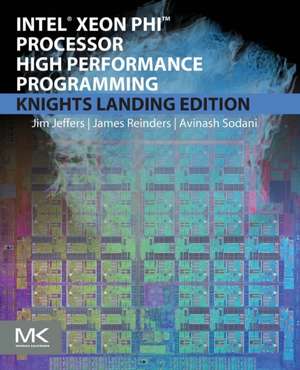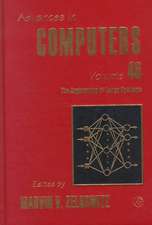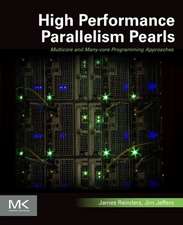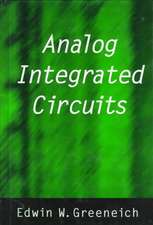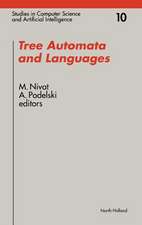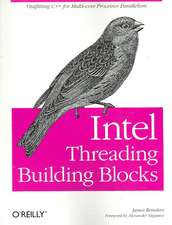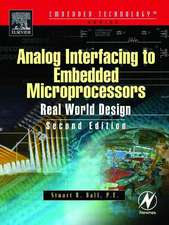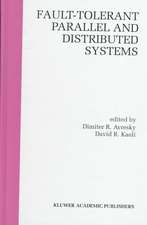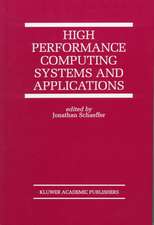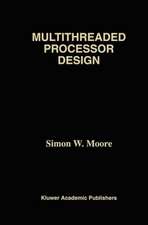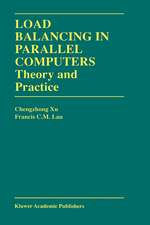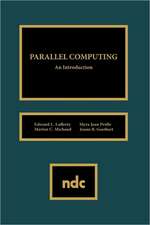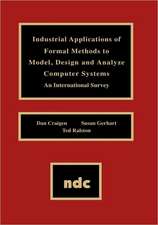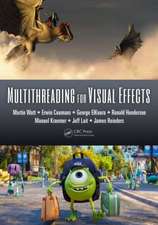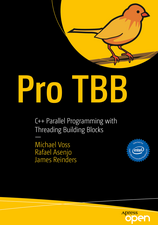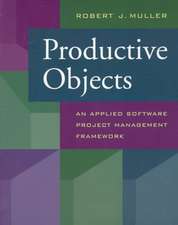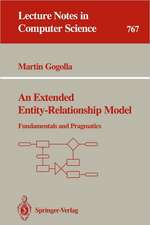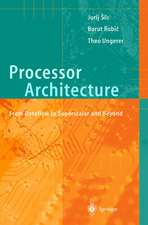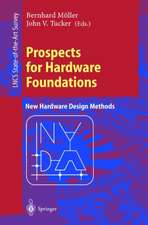Intel Xeon Phi Processor High Performance Programming: Knights Landing Edition
Autor James Jeffers, James Reinders, Avinash Sodanien Limba Engleză Paperback – 20 iun 2016
Intel® Xeon Phi™ Processor High-Performance Programming is useful even before you ever program a system with an Intel Xeon Phi processor. To help ensure that your applications run at maximum efficiency, the authors emphasize key techniques for programming any modern parallel computing system whether based on Intel Xeon processors, Intel Xeon Phi processors, or other high-performance microprocessors. Applying these techniques will generally increase your program performance on any system and prepareyou better for Intel Xeon Phi processors.
- A practical guide to the essentials for programming Intel Xeon Phi processors
- Definitive coverage of the Knights Landing architecture
- Presents best practices for portable, high-performance computing and a familiar and proven threads and vectors programming model
- Includes real world code examples that highlight usages of the unique aspects of this new highly parallel and high-performance computational product
- Covers use of MCDRAM, AVX-512, Intel® Omni-Path fabric, many-cores (up to 72), and many threads (4 per core)
- Covers software developer tools, libraries and programming models
- Covers using Knights Landing as a processor and a coprocessor
Preț: 429.56 lei
Preț vechi: 536.95 lei
-20% Nou
Puncte Express: 644
Preț estimativ în valută:
82.22€ • 89.34$ • 69.11£
82.22€ • 89.34$ • 69.11£
Carte tipărită la comandă
Livrare economică 22 aprilie-06 mai
Preluare comenzi: 021 569.72.76
Specificații
ISBN-13: 9780128091944
ISBN-10: 0128091940
Pagini: 662
Dimensiuni: 191 x 235 x 47 mm
Greutate: 1.27 kg
Ediția:2
Editura: ELSEVIER SCIENCE
ISBN-10: 0128091940
Pagini: 662
Dimensiuni: 191 x 235 x 47 mm
Greutate: 1.27 kg
Ediția:2
Editura: ELSEVIER SCIENCE
Cuprins
Section I: Knights Landing1. Introduction2. Knights Landing overview3. Programming MCDRAM and Cluster modes4. Knights Landing architecture5. Intel Omni-Path Fabric6. μarch optimization advice
Section II: Parallel Programming7. Programming overview for Knights Landing8. Tasks and threads9. Vectorization10. Vectorization advisor11. Vectorization with SDLT12. Vectorization with AVX-512 intrinsics13. Performance libraries14. Profiling and timing15. MPI16. PGAS programming models17. Software-defined visualization18. Offload to Knights Landing19. Power analysis
Section III: Pearls20. Optimizing classical molecular dynamics in LAMMPS21. High performance seismic simulations22. Weather research and forecasting (WRF)23. N-Body simulation24. Machine learning25. Trinity workloads26. Quantum chromodynamics
Section II: Parallel Programming7. Programming overview for Knights Landing8. Tasks and threads9. Vectorization10. Vectorization advisor11. Vectorization with SDLT12. Vectorization with AVX-512 intrinsics13. Performance libraries14. Profiling and timing15. MPI16. PGAS programming models17. Software-defined visualization18. Offload to Knights Landing19. Power analysis
Section III: Pearls20. Optimizing classical molecular dynamics in LAMMPS21. High performance seismic simulations22. Weather research and forecasting (WRF)23. N-Body simulation24. Machine learning25. Trinity workloads26. Quantum chromodynamics
Recenzii
"I believe you will find this book is an invaluable reference to help develop your own Unfair Advantage." – James A. Ang, Ph.D., Manager, Exascale Computing Program, Sandia National Laboratories, New Mexico, USA
